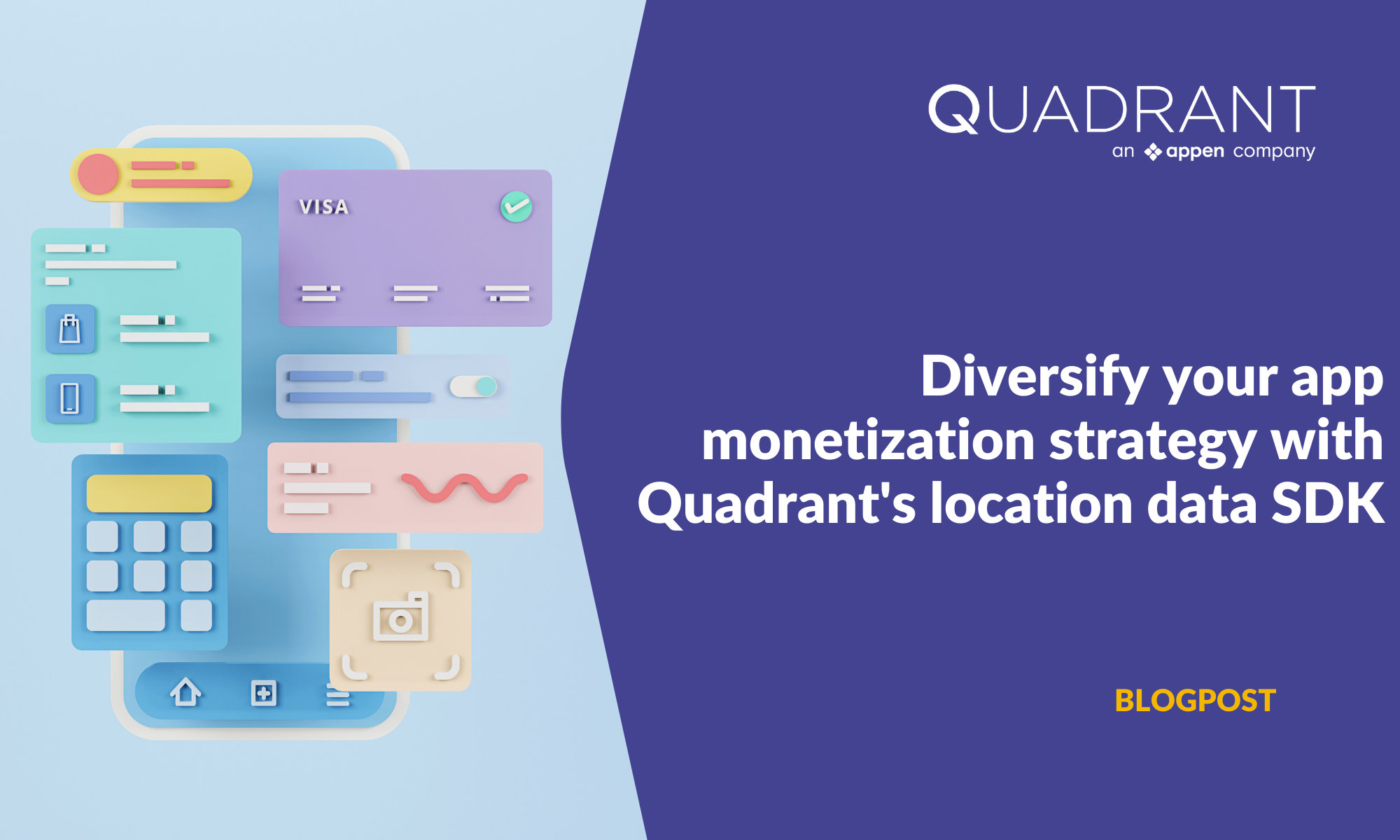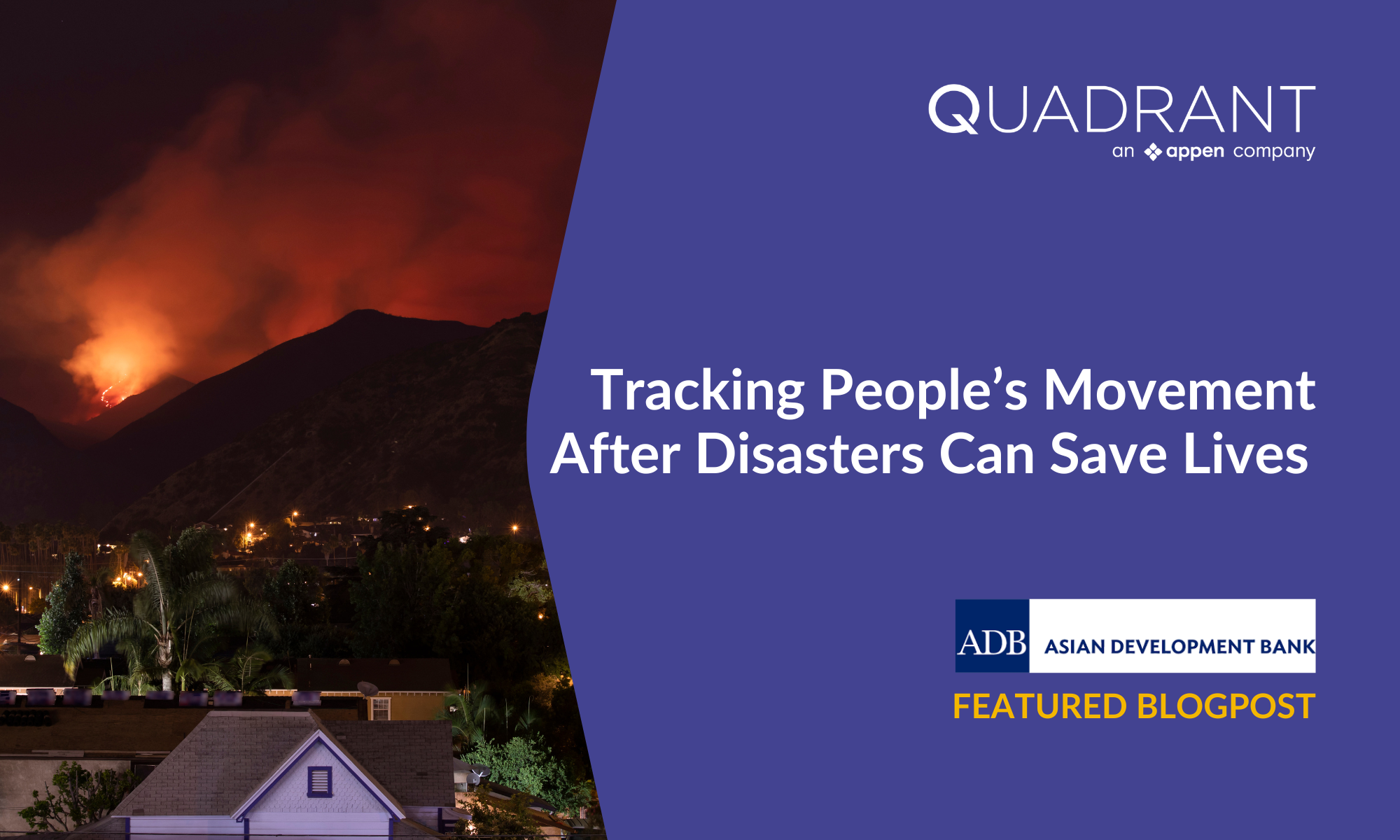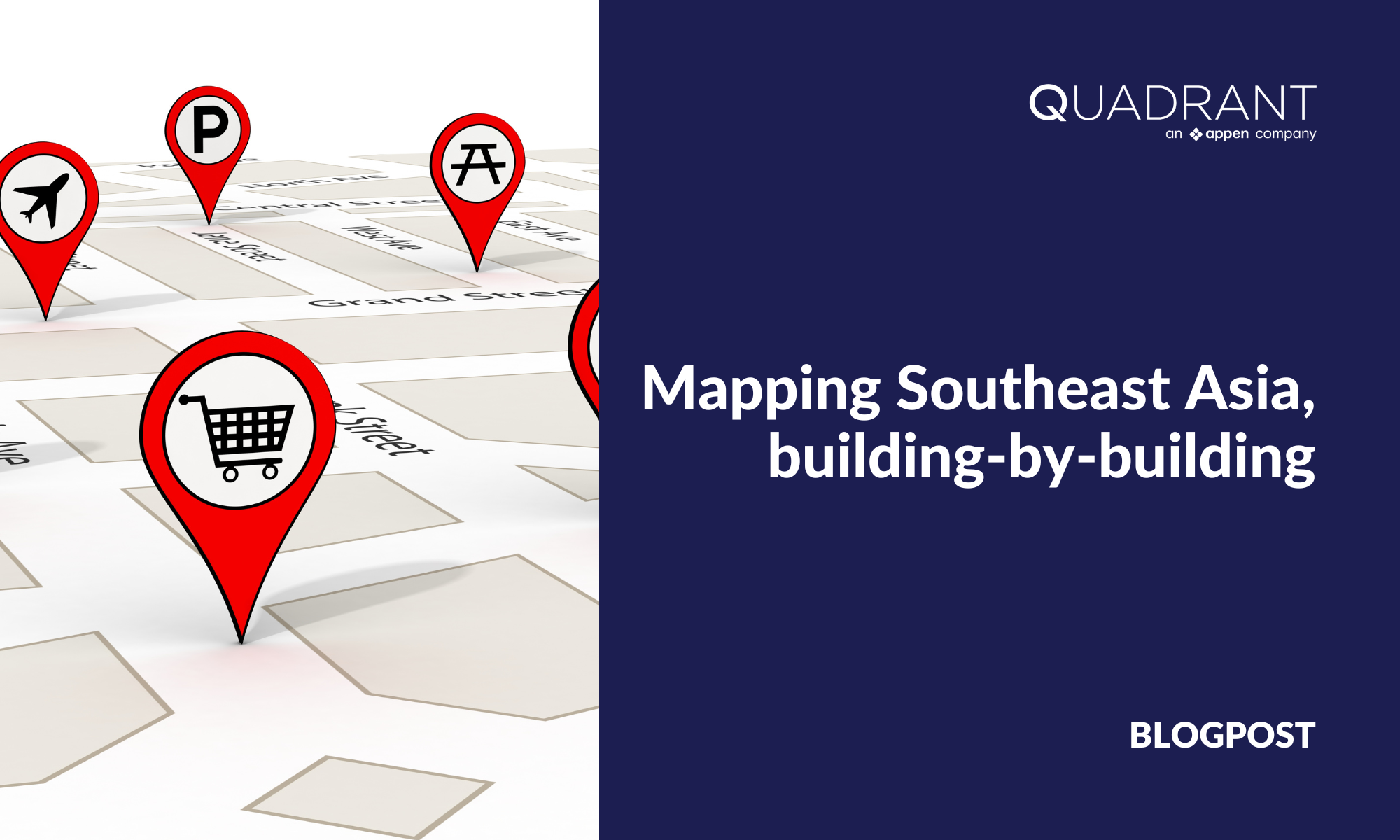The mobile app landscape
Developing a successful mobile application is not an easy task. The two top mobile app platforms, Google Play (Android) and App Store (iOS), had 3.48 million apps and 2.23 million apps respectively at the end of 2021. A multitude of apps across all categories results in cut-throat competition - which makes the task of making an app stand out quite challenging.

Mobile app development and maintenance is a resource intensive and time-consuming process – which is why the primary objective of publishers is maximising the revenue they generate from their apps.
Out of the $111 billion generated in mobile app revenue in 2020, subscription-based apps on both Apple’s App Store and Google Play collectively earned $11.7 billion. This statistic offers a key insight: subscription models are not viable for all apps. Bearing this in mind, let us explore how most publishers generate revenue.
Ads-based monetization
Most small scale or indie publishers host ads on their apps to generate revenue. Although this mechanism of revenue generation works for many apps, it does have several drawbacks.
An increasing proportion of people are using ad-blocking software to disable ads on their computers and smartphones. According to a US-based survey conducted across the first quarter of 2020, 31% of respondents aged 25-34 years old and 34% of respondents aged 35-45 years old claimed they used ad blockers on their smartphones. Since then, these numbers have likely increased further.
Rather than having in-house teams that sell digital advertising space on their mobile apps, most publishers rely on mobile ad networks (such as Google AdMob or the Meta Audience Network) to generate ad-based revenue.
Although such platforms employ automation and AI to select and deliver ads, mistakes do happen all the time. Irrelevant, repeating, or contextually inappropriate, misplaced ads are a threat to brand image. Industry think tank WARC estimates that one in ten programmatic ad impressions are “high-risk inventory”. Ad network SDKs also come with high battery usage and sometimes unreasonable network traffic. CleverTap – a leading mobile advertising agency – conducted a survey which found that over 15% of respondents specifically cited too many ads as the primary reason for uninstalling apps.
Apart from native ads (that mesh well with an app’s interface), ad network banners do not match the design and theme of said apps. This inconsistency in the UI, and therefore, the UX, also drives down user engagement and retention.
Data privacy and data monetization
People are justified in being cautious about which companies have access to their data. In recent times, there have been a host of instances in which businesses have misused the information they possess on their users/customers; the Facebook-Cambridge Analytica data scandal (which allowed the latter to misuse the personal information of 87 million Facebook users) and Twitter giving advertisers access to their users' contact information – without user consent in both cases – are two prime examples of such wrongdoing.
Such events prompted regulatory bodies across the world to pass data-privacy laws aimed towards protecting internet users from similar injustices. To date, over 100 countries have enacted data-privacy regulations.
An overreliance on ads to generate revenue can backfire by negatively impacting user experience. This, in turn, can chip away at the size of an app’s userbase. On the other hand, selling people’s confidential data can land businesses in a heap of financial and legal problems. This begs the question: how can publishers monetize their apps while avoiding the aforementioned issues?
A great way to do so is to supply anonymised location data. These days, such data is instrumental in enabling businesses to increase sales and marketing ROI. Additionally, location data is also used to tackle public issues such as disaster relief coordination and public transport management.
App monetization with Quadrant
Publishers can utilise Quadrant’s location SDK to provide us with anonymised location data. This data is anonymised and it tells us no Personal Identifiable Information (PII) about mobile app users. In fact, companies that purchase data from Quadrant have no interest in such personal data. Typically, these businesses require historical location data that can span months or even years to derive insights that enhance operational efficiency. Stated differently, there is no real-time tracking.
Quadrant’s location SDK is also lightweight. It has a small footprint(65.62kb) and only uses 15-23mb of memory. It barely impacts app usability, device performance, or battery life (uses 0.01%-0.03% of battery per trigger), so it is also feasible to install it alongside other SDKs. If publishers do not want to install a location SDK, they also have the option of sharing location data with us via an AWS S3 bucket through a server-to-server integration.
Quadrant compensates publishers based on the aDAU (average Daily Active Users) on their platforms, calculated as the cumulative number of daily users across days divided by the number of days. The minimum number of datapoints that can be supplied is 1000. Another factor that determines app revenue is the location of the users. For data emanating from the US – country with the highest demand – we pay a minimum of 15 USD per 1000 aDAU. The same number of aDAU from Europe gets publishers 10 USD, while 1000 aDAU from elsewhere in the world will get them 3 USD.
Our data monetization SDK comes bundled with a free Consent Management Platform (CMP)
A CMP is a tool that helps businesses stay compliant with data privacy laws when sharing data with 3rd parties. CMPs inform users about the publisher’s desire to collect data and the kind of data points being collected. They allow users to change previous permissions and choose the purposes for which they are comfortable sharing data. They also record the consent lifecycle and allow users to access or delete their data.
Building a CMP from scratch is challenging because the continuous evolution of regulatory frameworks that focus on privacy necessitates frequent updates for any viable consent management solution. The Quadrant Consent Management Platform (QCMP) can be added with a few lines of code, is certified by IAB’s Transparency and Consent Framework, and stores consent interactions on blockchain – meaning your business is always prepared for an audit.
To learn more about how to integrate our location SDK or consent SDK, check out our integration guides by clicking here.




